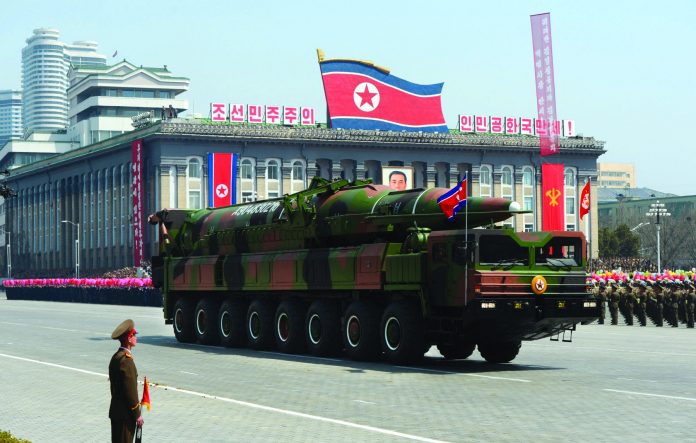
A rare show of diplomatic cooperation may be the start of lasting peaceful relations between the estranged Koreas, judging by the success of the inter-Korean summit earlier this week
Text Lim Jun Xi
Last Friday, North Korean leader Kim Jong-un made history as the first North Korean leader to step into South Korea. The symbolic act took place in Panmunjom, a village on the border of North and South Korea, where Kim and the President of South Korea, Moon Jae-in signed the Panmunjom Declaration for Peace, Prosperity and Unification on the Korean Peninsula later that day. With the declaration, the two leaders aim to achieve a “nuclear-free Korean peninsula” and an end to the Korean War by the end of 2018.
The Korean War culminated in an armistice, or a cease-fire, in 1953. Both Koreas have been trying since – albeit inconsistently – for a resolution to the war with a peace treaty. Since 2011, Kim Jong-un’s time in office has been marked by provocative nuclear and missile tests, drawing great international concern as it furthered its development of a global nuclear arsenal up till late last year.
However, in recent months, North Korea has changed its stance dramatically by restoring communications with South Korea, and participating in the Pyeongchang Winter Olympics in South Korea. While many view this as a step towards long-lasting peace on the Korean peninsula, US analysts suggest that Kim’s efforts at diffusing hostilities is motivated by a desire to ease sanctions on North Korea’s economy and preserve his nuclear arsenal. The motivations of North Korea and the results of the bilateral declaration remain to be seen.










